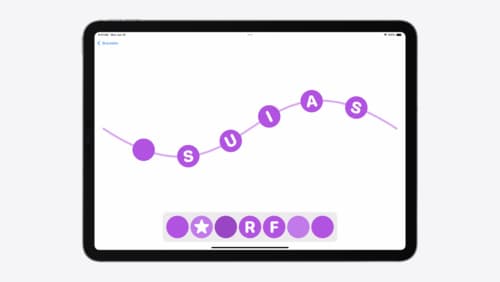How do I write a animation in SwiftUI
Asked on 2025-05-15
1 search
To write an animation in SwiftUI, you can use the SwiftUI animation APIs to create smooth and interactive animations. Here's a basic example of how you can animate a view in SwiftUI:
-
Basic Animation: You can wrap your state changes with the
withAnimationfunction to animate the changes. For example, if you want to animate a change in a view's position or opacity, you can do it like this:struct ContentView: View { @State private var isVisible = false var body: some View { VStack { Button("Toggle") { withAnimation { isVisible.toggle() } } if isVisible { Text("Hello, SwiftUI!") .transition(.slide) } } } } -
Custom Animations: You can also create custom animations using the
Animationstruct. For example, you can define a spring animation:struct ContentView: View { @State private var scale: CGFloat = 1.0 var body: some View { VStack { Button("Animate") { withAnimation(.spring(response: 0.5, dampingFraction: 0.3, blendDuration: 0)) { scale = scale == 1.0 ? 1.5 : 1.0 } } Circle() .frame(width: 100, height: 100) .scaleEffect(scale) } } } -
Advanced Techniques: For more advanced animations, you can use SwiftUI's
animatableDatato create custom animations, or use shaders for complex visual effects. For example, in the session Create custom visual effects with SwiftUI, a ripple effect is created using shaders and a view modifier to animate based on external changes like gestures.
For a deeper dive into SwiftUI animations, you can refer to the session Enhance your UI animations and transitions, which covers various animation techniques and how to apply them in SwiftUI.

Create custom visual effects with SwiftUI
Discover how to create stunning visual effects in SwiftUI. Learn to build unique scroll effects, rich color treatments, and custom transitions. We’ll also explore advanced graphic effects using Metal shaders and custom text rendering.

Platforms State of the Union
Discover the newest advancements on Apple platforms.

Enhance your UI animations and transitions
Explore how to adopt the zoom transition in navigation and presentations to increase the sense of continuity in your app, and learn how to animate UIKit views with SwiftUI animations to make it easier to build animations that feel continuous.
